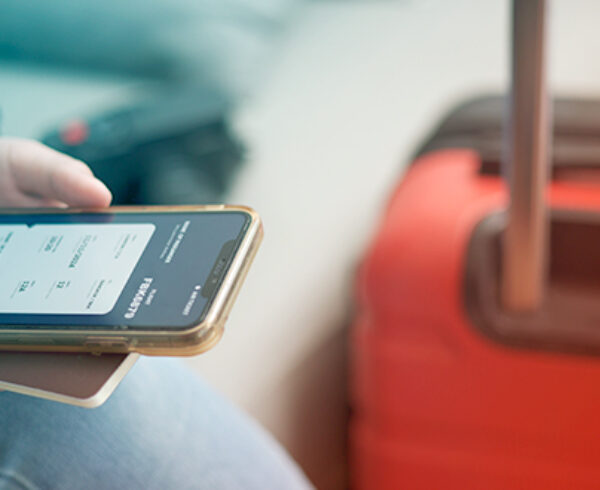Changing traveler behavior can be difficult, but there are tools available that make the task far easier for Travel Managers.
Imagine for a moment if you could influence traveler behavior in such a way that everyone complied with your travel policy, everyone booked using your company’s systems, and everyone claimed and filed their expenses on time.
That would be nice, wouldn’t it?
But Business Travelers are busy, and it’s often hard for them to check all the boxes a Travel Manager would like them to check. Thankfully, there are tools you can provide that can help positively influence traveler behavior.
JTB Business Travel and Booking.com have published a new report titled “Tools That Will Help You Influence Travelers’ Behavior.” Download the report here, and read on for a preview of the helpful tools available to you.
1. Feedback Platforms
To influence traveler behavior, it’s vital to have a medium for two-way communication. Travelers need the opportunity to recommend travel policy improvements, to share their satisfaction (or dissatisfaction) with specific trips or vendors, as well as to give Travel Managers general feedback and new ideas.
Without feedback platforms, Travelers start to feel like travel policies are out of touch, and they can quickly become unhappy with the overall travel experience.
It’s best to create an online platform for two-way communication — something that’s accessible on mobile devices during travel and on laptops while Travelers are working in hotels. This will help to capture real-time feedback, which is often the most valuable and relevant.
2. Visual Creation Tools
As a Travel Manager, you need employees to read and understand the travel policy. But travel policies are notoriously difficult to read — and downright boring in some cases.
Visual creation tools can help you craft more digestible and interesting travel policies. They can help you generate infographics, digital signage, presentations, charts and other content that is far more appealing and far easier to consume than paragraph after paragraph of text.
Not a designer? Most Travel Managers aren’t, which is just fine. Look for a visual content tools (like Canva) that are designed for non-designers, and use them to make your travel policy more readable.

3. Metasearch Engines for Finding Travel Deals
Most Travelers want to find the most comfortable accommodations that also fit into the travel budget. To help your travelers find the most comfortable accommodations, give them access to metasearch engines.
These are a little bit different than online travel agencies (like Expedia) and booking providers (like Booking.com). Metasearch engines provide information about flights, hotels and rental cars, but they don’t allow you to book directly.
By encouraging Travelers to use metasearch engines, you move from controlling and restricting to recommending and guiding. By recommending and guiding, you’re able to create goodwill and influence traveler behavior in a positive way.
4. In-Policy Rewarding Incentives
One of the best ways to influence traveler behavior is through rewards. The question for all Travel Managers is: What’s the best way to do that?
Older employees may want to accrue points for free flights and free hotel stays. Younger employees may want a more immediate and sociable reward. When considering various incentives, think about your company’s demographics and culture. The more you can align reward incentives with what your travelers actually want, the more you’ll be able to influence traveler behavior.
Download the Full Report
To get more detail on the ideas shared above, don’t forget to download the full report by JTB Business Travel and Booking.com. Also, know that one of our specialties at JTB Business Travel is helping clients craft effective travel policies. If you have no policy or an ineffective one, let us provide the support you need.
Contact us today to learn more about our travel policy services.














Leave a Comment